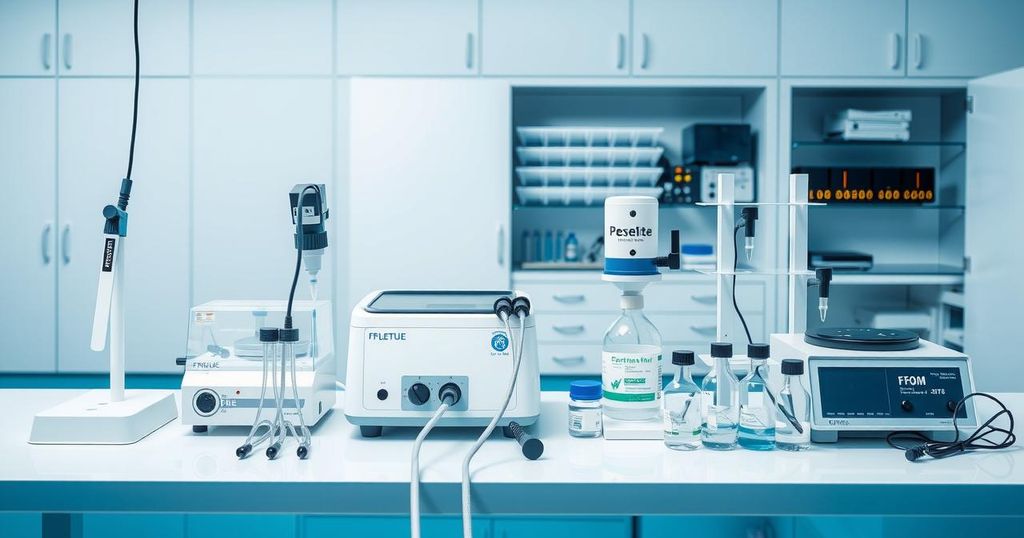China’s Semiconductor Equipment Purchases Projected to Decline in 2025
China’s spending on chipmaking equipment is expected to decline 6% in 2025 to $38 billion, marking a shift after three years of growth. The reduction is attributed to overcapacity and U.S. sanctions, with China’s market share dropping from 40% to 20%. Despite these challenges, firms like SMIC and Huawei continue to innovate and expand.
According to a report from TechInsights, China’s acquisitions of semiconductor manufacturing equipment are projected to decrease in 2025 after experiencing three years of growth. This decline is attributed to overcapacity in the industry and heightened restrictions imposed by U.S. sanctions. Following a record of $41 billion worth of equipment purchases in 2024, which constituted 40% of global sales, China is expected to see its spending drop to $38 billion in 2025, marking a 6% decrease year-on-year.
China has played a pivotal role in propelling global demand for wafer fabrication equipment while the overall market faced contractions due to dwindling consumer electronics sales. Boris Metodiev, a senior analyst at TechInsights, noted, “We can see some slowdown in Chinese spending due to export controls and overcapacity.” The U.S. sanctions have resulted in a strategic emphasis on stockpiling within China’s chip sector in anticipation of further restrictions.
Despite the challenges posed by U.S. sanctions, Chinese firms like SMIC and Huawei have managed to advance technologically, producing sophisticated chips albeit through more complex means. Additionally, they have significantly expanded their capabilities in the mature-node chip sector, thereby increasing their production capacity while gaining market share from competitors in Taiwan.
Concerns over oversupply in the mature node chip market were reiterated by SMIC. As a consequence of the sanctions, China’s domestic equipment manufacturers have been striving to enhance their global presence, with Naura Technology Group now ranking as the seventh-largest equipment supplier worldwide based on sales.
Nevertheless, China still faces significant hurdles in self-sufficiency, particularly in lithography systems and assembly and testing tools. ASML from the Netherlands remains the foremost provider of lithography machines, and in 2023, Chinese companies accounted for merely 17% of testing tools and 10% of assembly equipment utilized domestically, according to Metodiev.
In summary, China’s expenditures on semiconductor manufacturing equipment are anticipated to decline in 2025 due to market overcapacity and U.S. export restrictions. Despite past growth and resilience in the face of sanctions, the industry is projected to experience a reduction in spending. As domestic manufacturers continue to strive for self-sufficiency, certain critical technology gaps remain problematic, notably in lithography and assembly systems.
Original Source: money.usnews.com




Post Comment